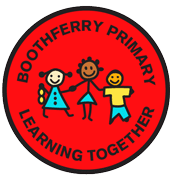Music Year 2
| Controlling Sounds through singing and playing (performing) | Creating and developing musical ideas (composing) | Listening and applying knowledge and understanding Responding and reviewing to Music (Listening and appraising) |
|---|---|---|
| 2p1. Sing songs in ensemble following the tune (melody) well. | 2c1. Start to compose with two or three notes. | 2l1. Identify the pulse in music. |
| 2p2. Use voice to good effect understanding the importance of warming up first. | 2c2. Create short musical patterns. | 2l2. Listen carefully and recall short rhythmic and melodic patterns. |
| 2p3. Perform in ensemble with instructions from the leader. | 2c3. Create sequences of long and short sounds- rhythmic patterns (duration). | 2l3. Recognise changes in timbre (sound quality- smooth, crisp, scratchy, rattling, tinkling etc.), dynamics (loud and quiet), tempo (fast and slow) and pitch (high and low). |
| 2p4. Make and control long and short sounds using voices and instruments, playing by ear and including simple improvisation (duration). | 2c4. Order sounds to create an effect (structure- beginnings/endings). | 2l4. Start to recognise different instruments. |
| 2l3. Change sounds to suit a situation. | 2c5. Use pitch changes to communicate an idea. | 2l5. Know music can be played or listened to for a variety of purposes (in history/different cultures). |
| 2p5. Start to look at basic formal notation- play by ear first. | 2c6. Use changes in dynamics, timbre and pitch to organise music. | |
| 2p6. Control playing instruments so they sound as they should. | 2c7. Make own sounds and symbols to make and record music. | |
| 2c8. Carefully choose sounds to achieve an effect (including use of ICT). |
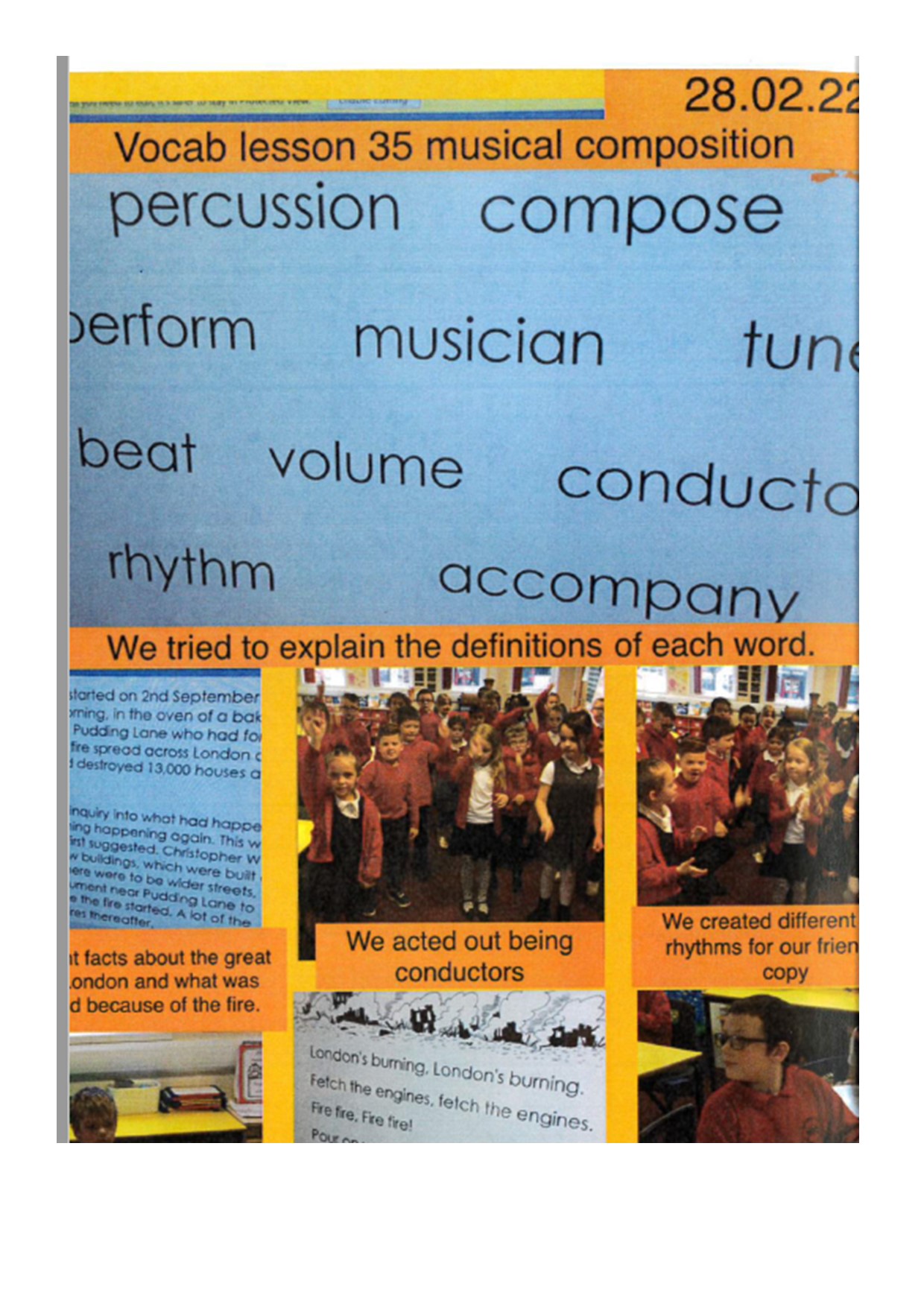
Understand key vocabulary related to music
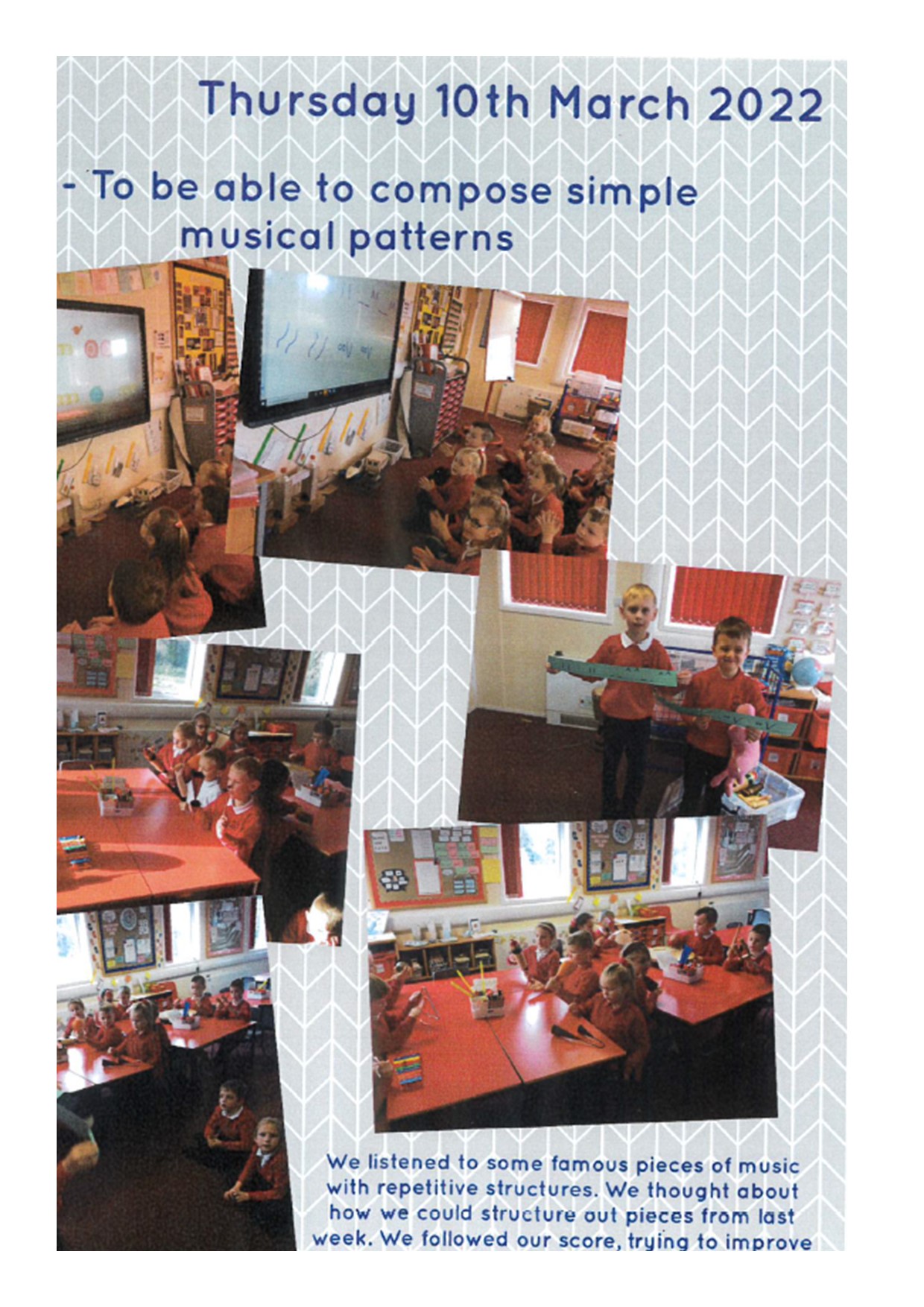
2c1. Start to compose with two or three notes.
2c2. Create short musical patterns.
2c3. Create sequences of long and short sounds- rhythmic patterns (duration).
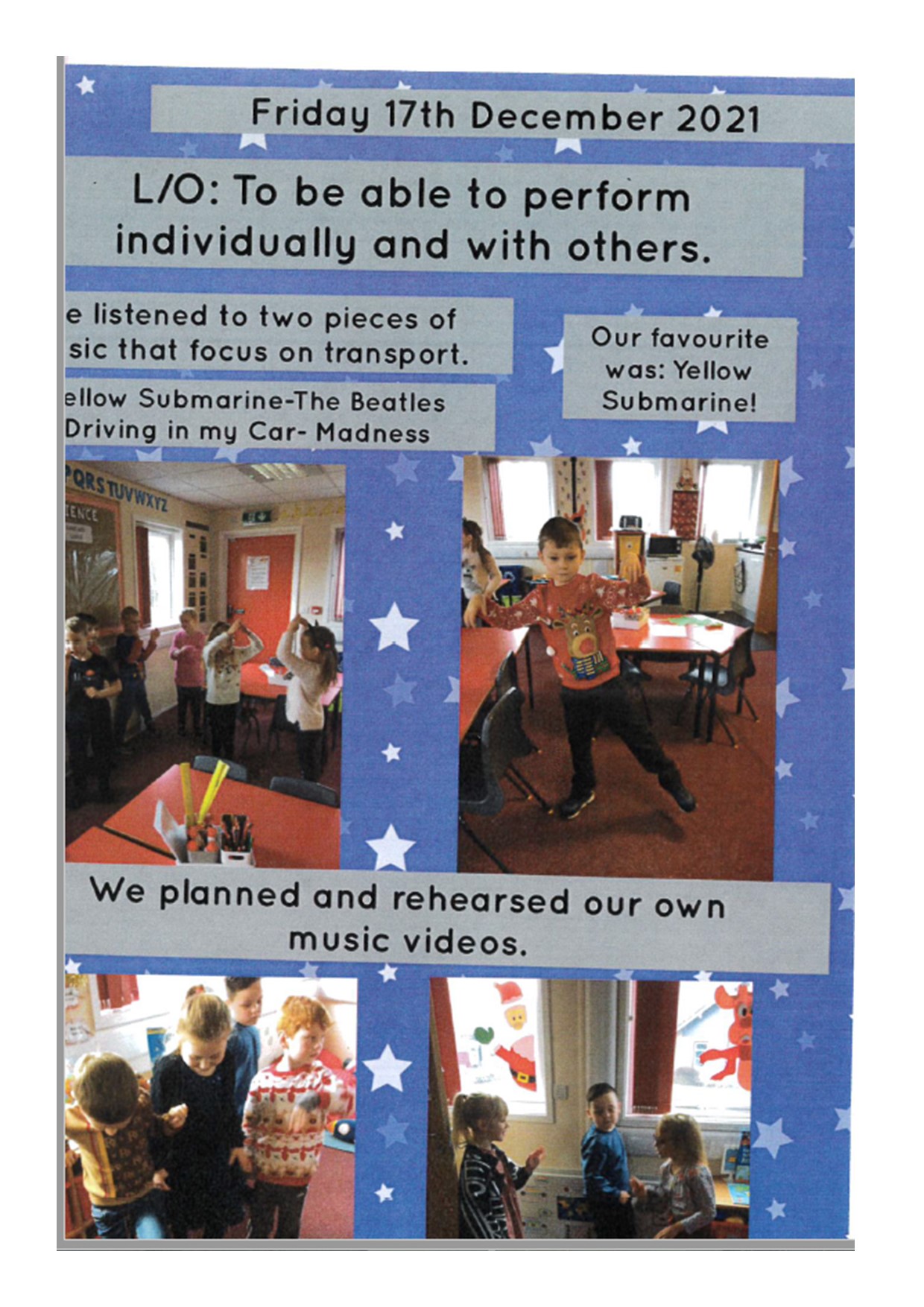
2p1. Sing songs in ensemble following the tune (melody) well.
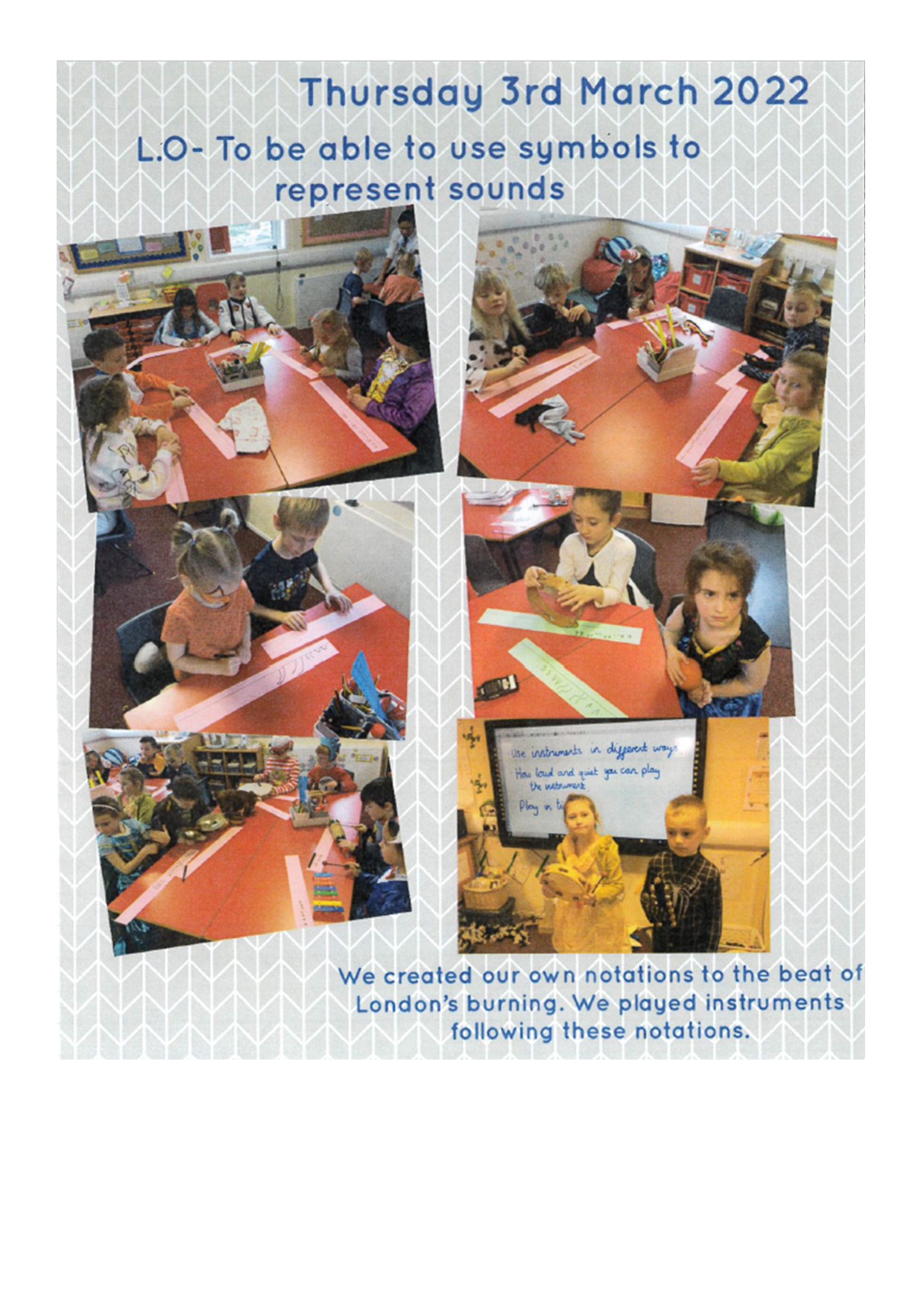
2c2. Create short musical patterns.
2c7. Make own sounds and symbols to make and record music.
2p3. Perform in ensemble with instructions from the leader.
2p4. Make and control long and short sounds using voices and instruments, playing by ear and including simple improvisation (duration).
2l3. Change sounds to suit a situation
2p1. Sing songs in ensemble following the tune (melody) well.
2p2. Use voice to good effect understanding the importance of warming up first.
2p3. Perform in ensemble with instructions from the leader.
2p4. Make and control long and short sounds using voices and instruments, playing by ear and including simple improvisation (duration).
“Thank you for treating my child like your own.“
“The after school activities, film nights and discos.“
“The stimulating learning environment. “
“This school meets our expectations in every way.“
“My son’s teacher is creative, enthusiastic and genuinely cares about him as an individual .“
“School leaders are ambitious and highly knowledgeable about teaching and learning.”
“The friendly atmosphere, the safe environment & the teachers’ encouragement.”
“The best thing about this school, when I ask my child this question, he said Mrs Emmerson. “
“Pupils’ personal development and welfare are outstanding. Pupils thrive and are keen to learn. They know how to look after their
wellbeing and how to keep safe. The school is an inclusive and happy place.”
“The headteacher, deputy headteacher and the assistant headteacher make an effective team. They sustain a culture of continuous i improvement through the school’s vision and specific learning goals, which include resilience, morality and adaptability.”
“When ever I have had a problem the staff on the whole have been sympathetic and helpful.“
“I love the fact that senior members of staff know the names of the children.“
“The bike loan scheme.My family also like the school bank.“
History day was amazing. Brilliant idea.
“You can approach any member of staff and they help you.“
“I feel the school has advanced with regards to the appropriate curriculum for different age groups.“
“The choice to do a traditional nativity was great !.“
“Leaders use funding well to ensure that pupils with special educational needs and/or disabilities (SEND) make strong progress from their different starting points.”
“We want to thank you for welcoming my family when we moved here (from Bulgaria).”
“The photography club is brilliant, I think introducing things like this is brilliant for the children.“
“My children are developing very well in school.“
“the amount of effort put in by the teachers to make topics interesting is brilliant.“
“The teaching of phonics is a strength and enables pupils to make rapid improvement in their early literacy skills. ”
“We can only applaud the ingenuity & continued compassion of the young people at Boothferry.”
“Children get off to a strong start in early years. This is due to effective leadership and skilful teaching. The proportion of children reaching a good level of development is improving yearon-year.”
“Being part of their learning – it doesn’t just stay in the classroom.”
“The Head teacher and deputy are fab, they join in everything.”
“Senior leaders lead by example, modelling what is expected of all staff. Teachers feel valued and respected.”
“My children are thriving as the school is committed to learning and progression.“
Boothferry at Young Voices…..Just WOW! What an experience.”
“Open weeks in Foundation allows parents to enjoy school as much as our children.“
“Teachers, including those who are new to teaching, have high expectations, and they plan creative lessons that spark pupils’ interest and inspire them to do well.”
“..closeness between all age groups and years.“
“My kids love the fruit on the snack table.“
“Pupils who speak English as an additional language make rapid progress. Disadvantaged pupils are also supported well to make good,
and sometimes better, progress in reading, writing and mathematics.”
“Leaders and staff have significantly improved the teaching of reading. Pupils are enthusiastic and frequent readers.”
“The joy of the teachers who greet the children and parents daily.“
“School leaders have taken effective action to ensure that pupils make at least good progress from their low starting points in reading,
writing and mathematics in all year groups.”
“The headteacher, senior leaders and governors are ambitious for pupils. Their determination has made Boothferry Primary a flourishing and successful school.”
“Miss Pulleyn is fantastic“
“Opening the school doors at 8.40am has made it much easier as it is less crowded.“
“The curriculum is well designed to include a range of exciting themes, visits and visitors to enhance pupils’ learning. Pupils become
confident individuals who are well prepared for the next stage of their education.”
“Senior leaders lead by example, modelling what is expected of all staff. Teachers feel valued and respected.”
“My children have come on and made progress socially and academically since joining.“
“I love seeing school events on Twitter.“
“the school gives me advice as a parent so I can help my daughter.“
